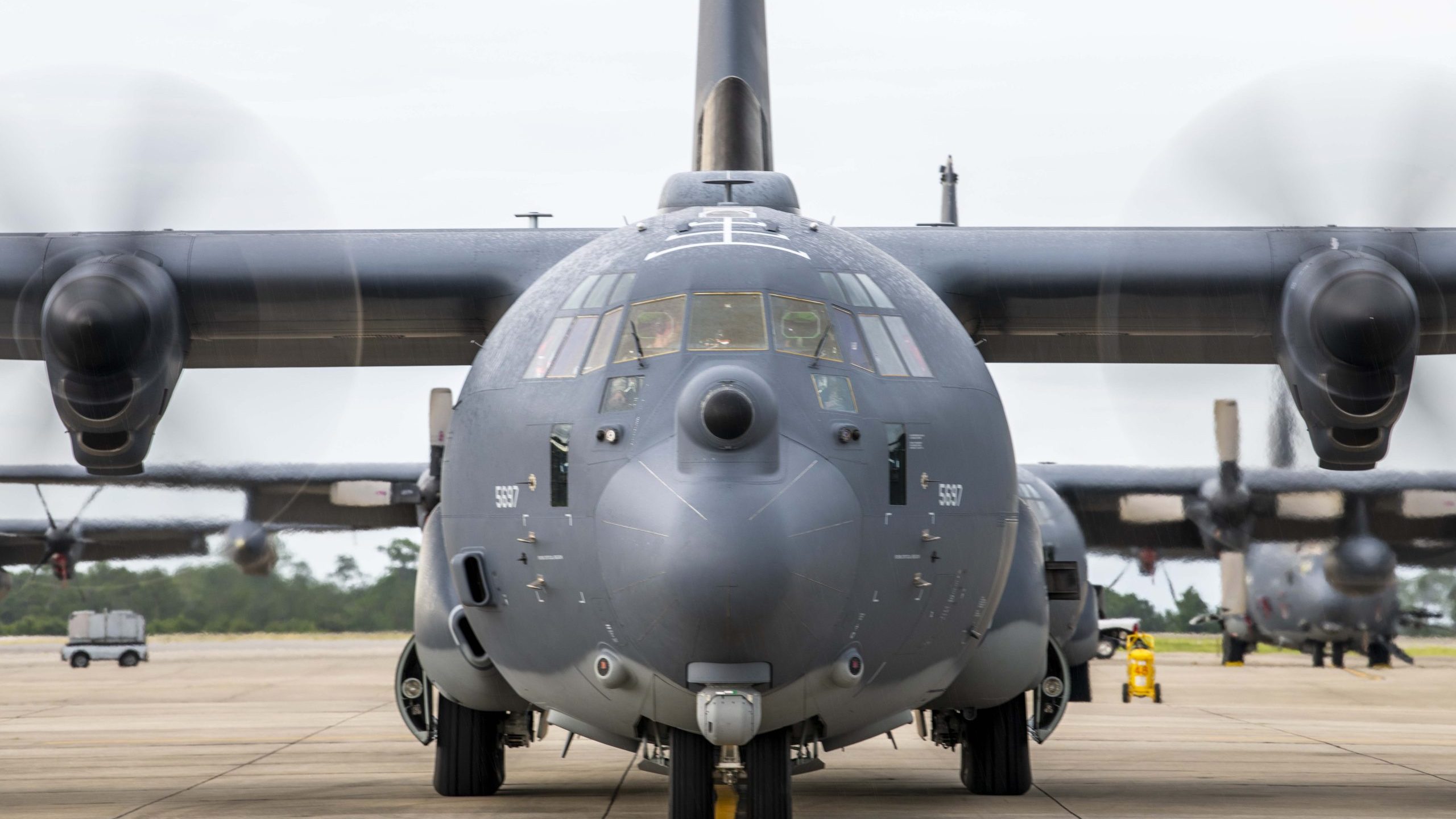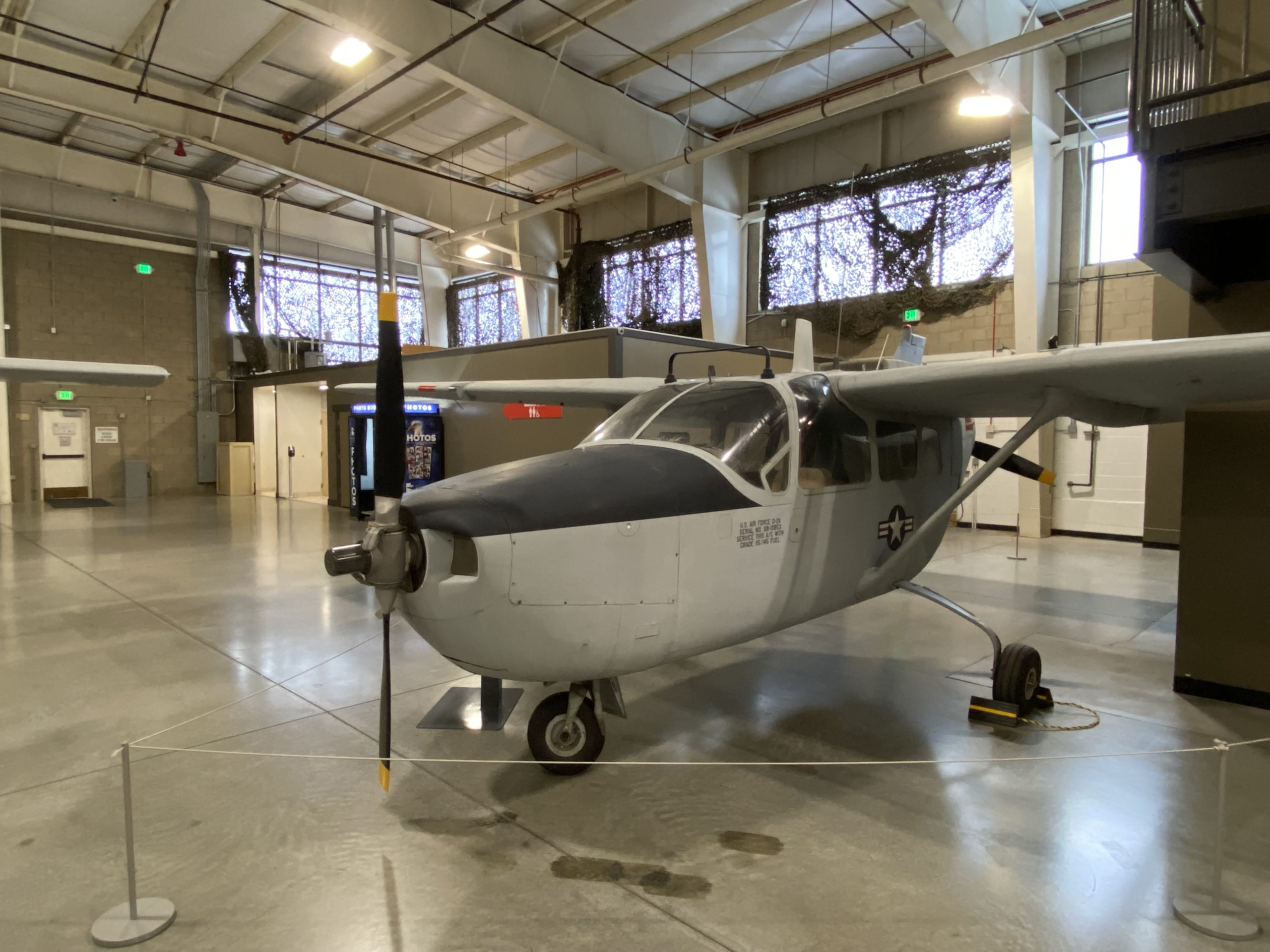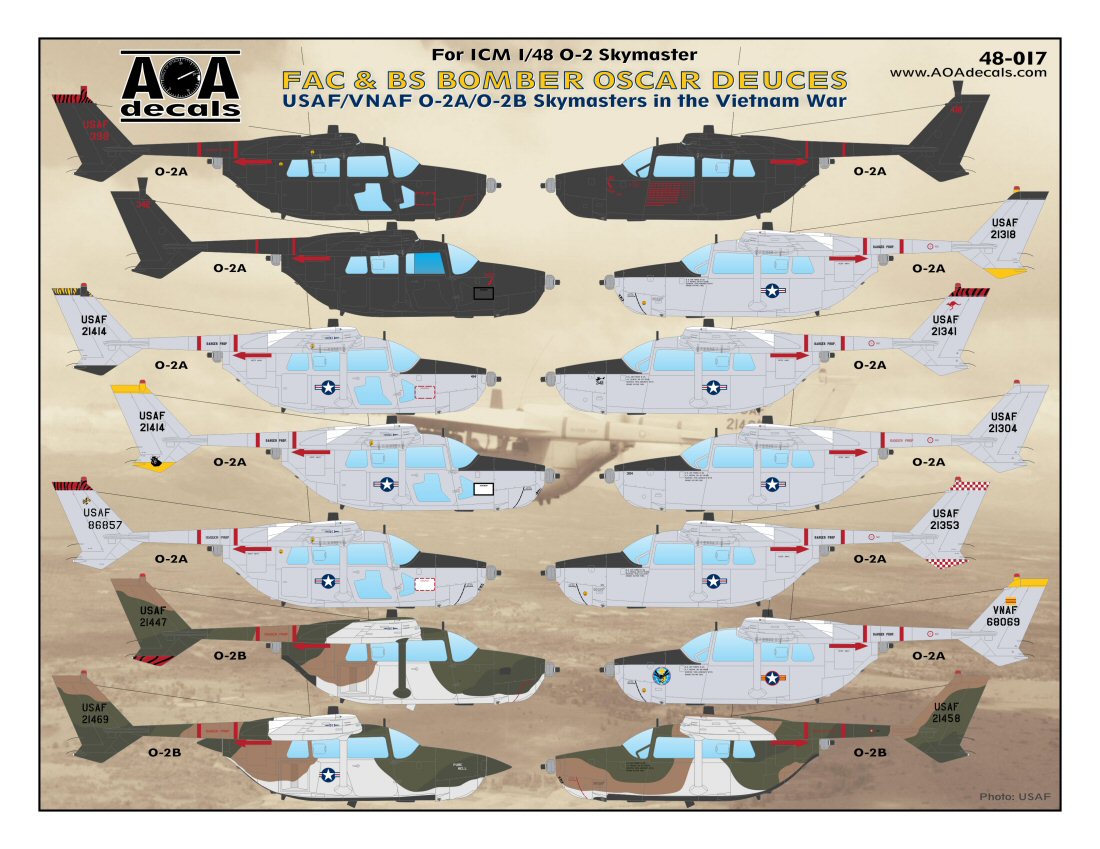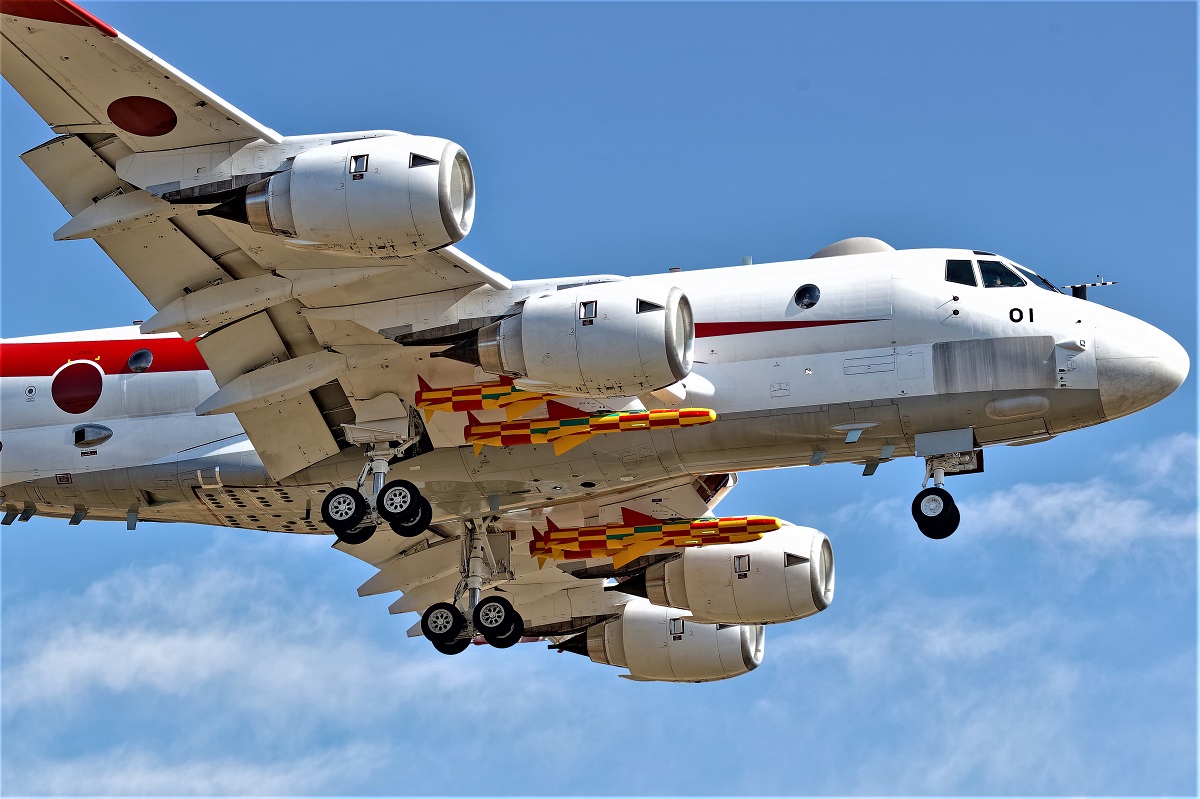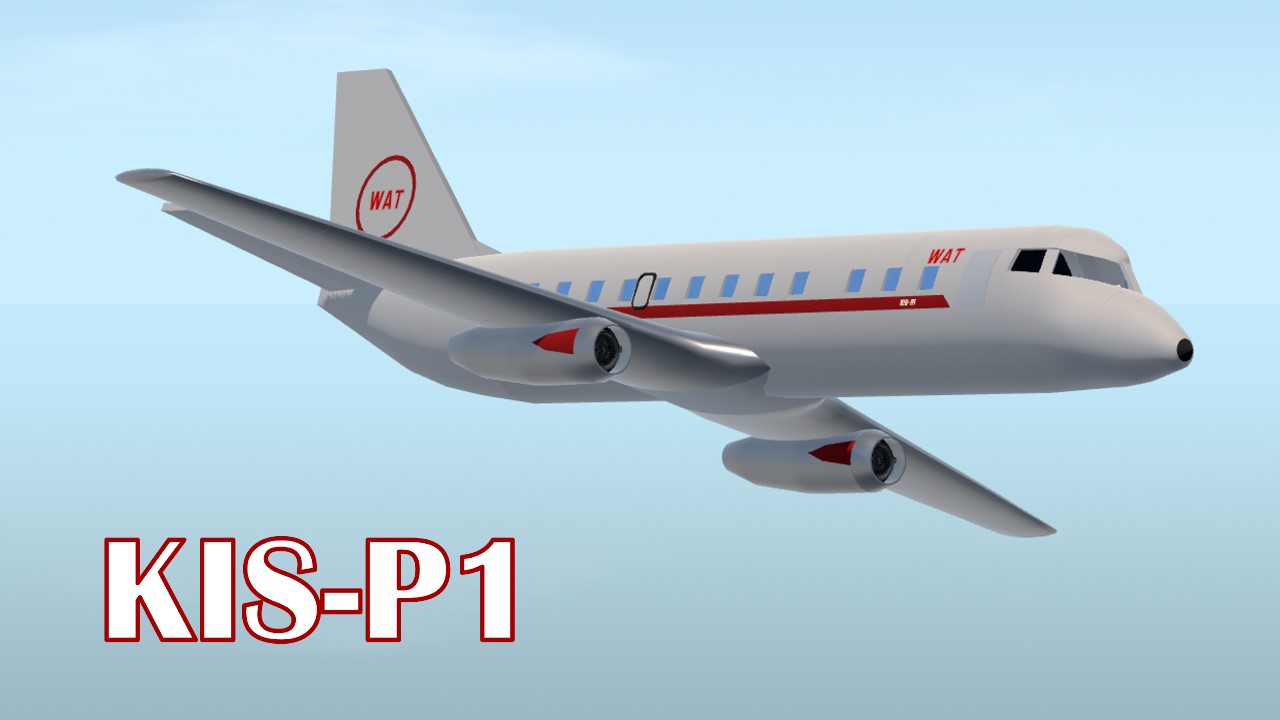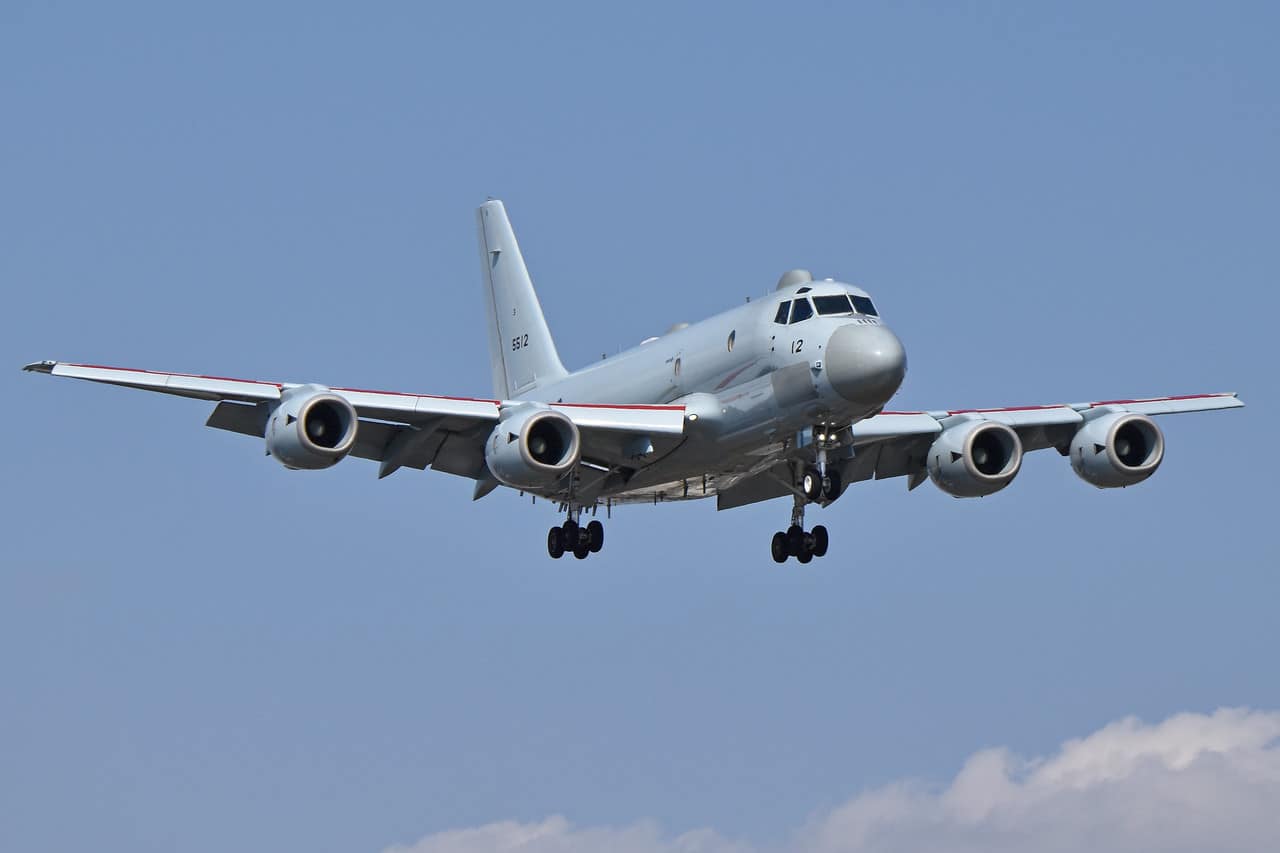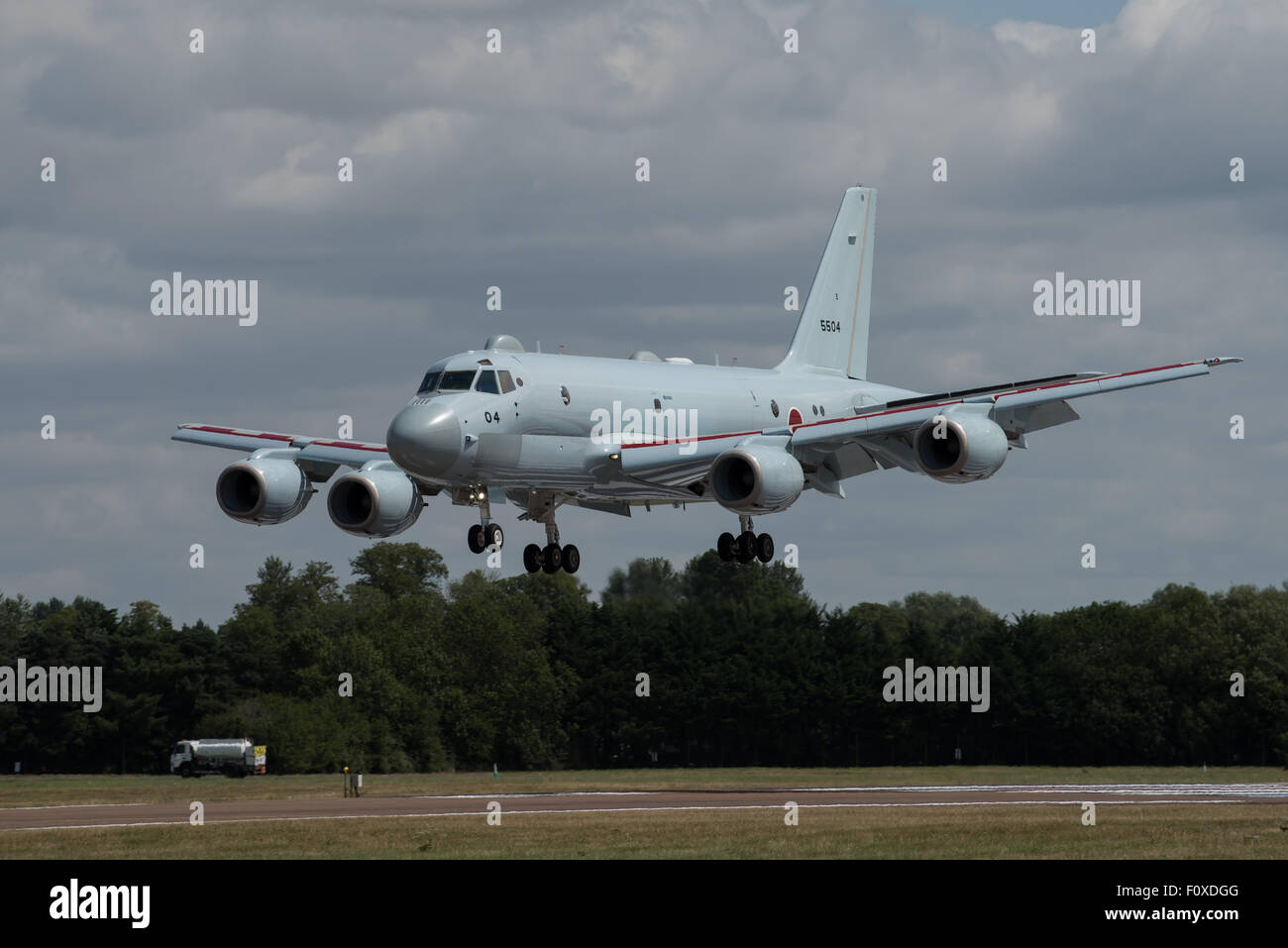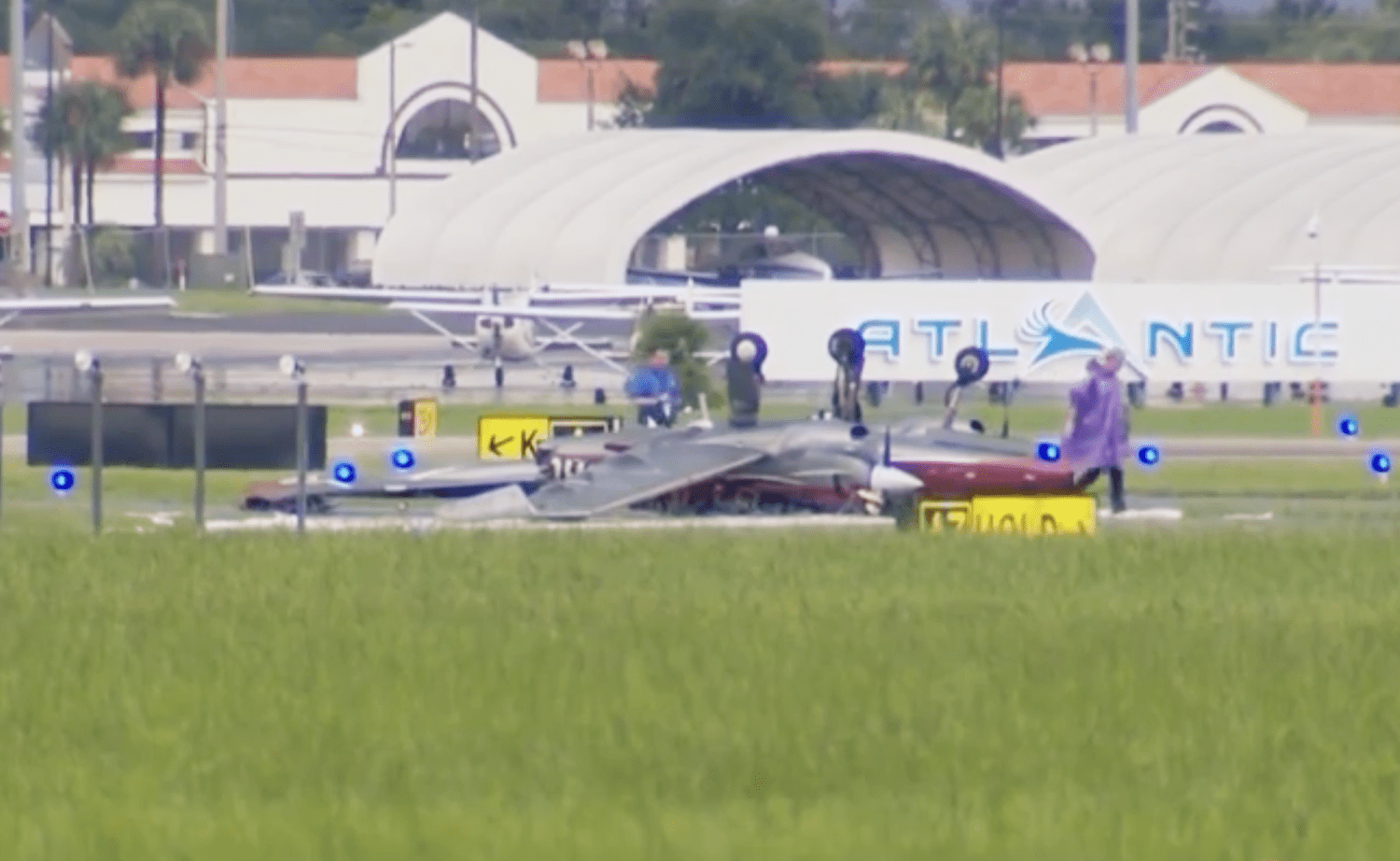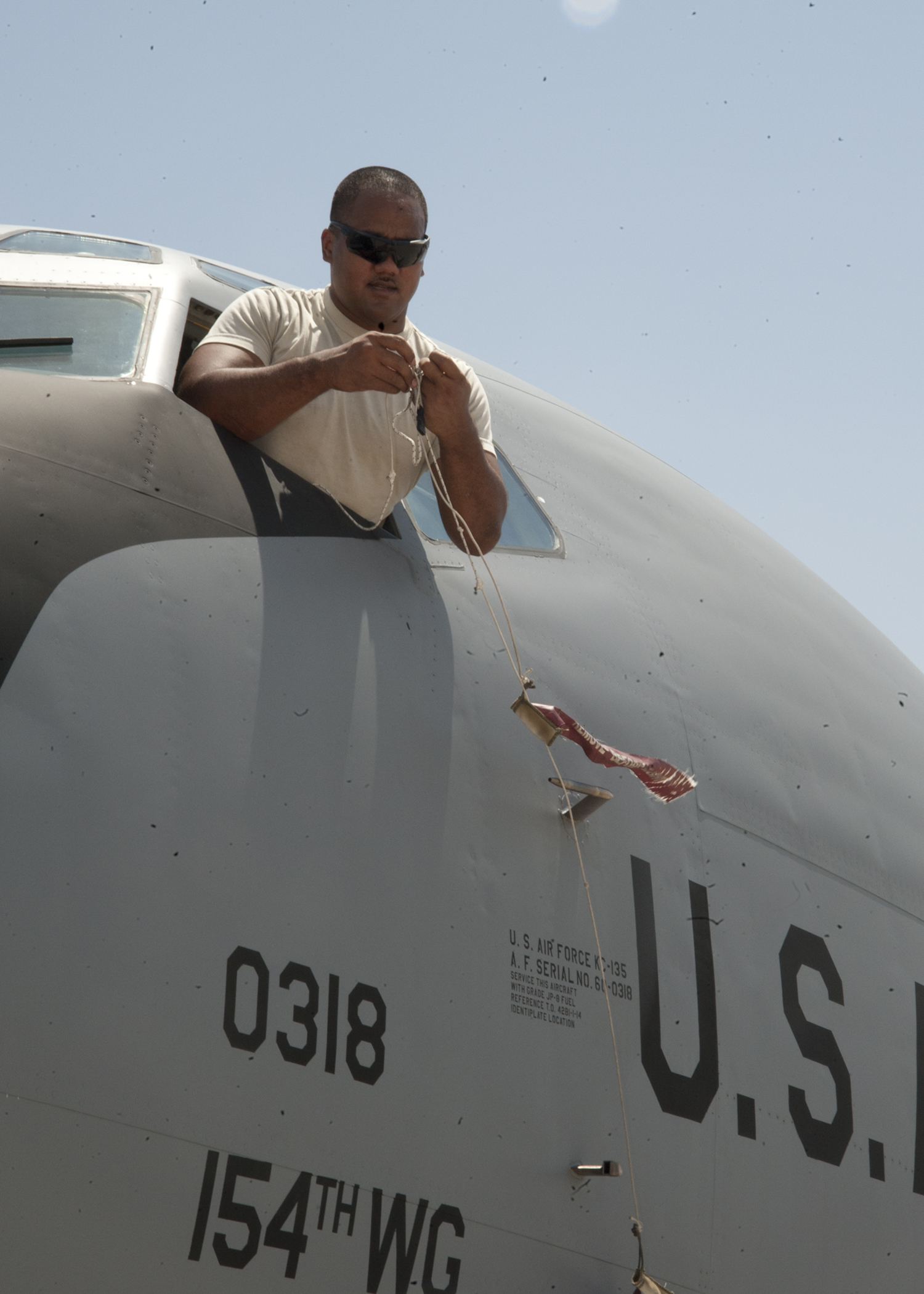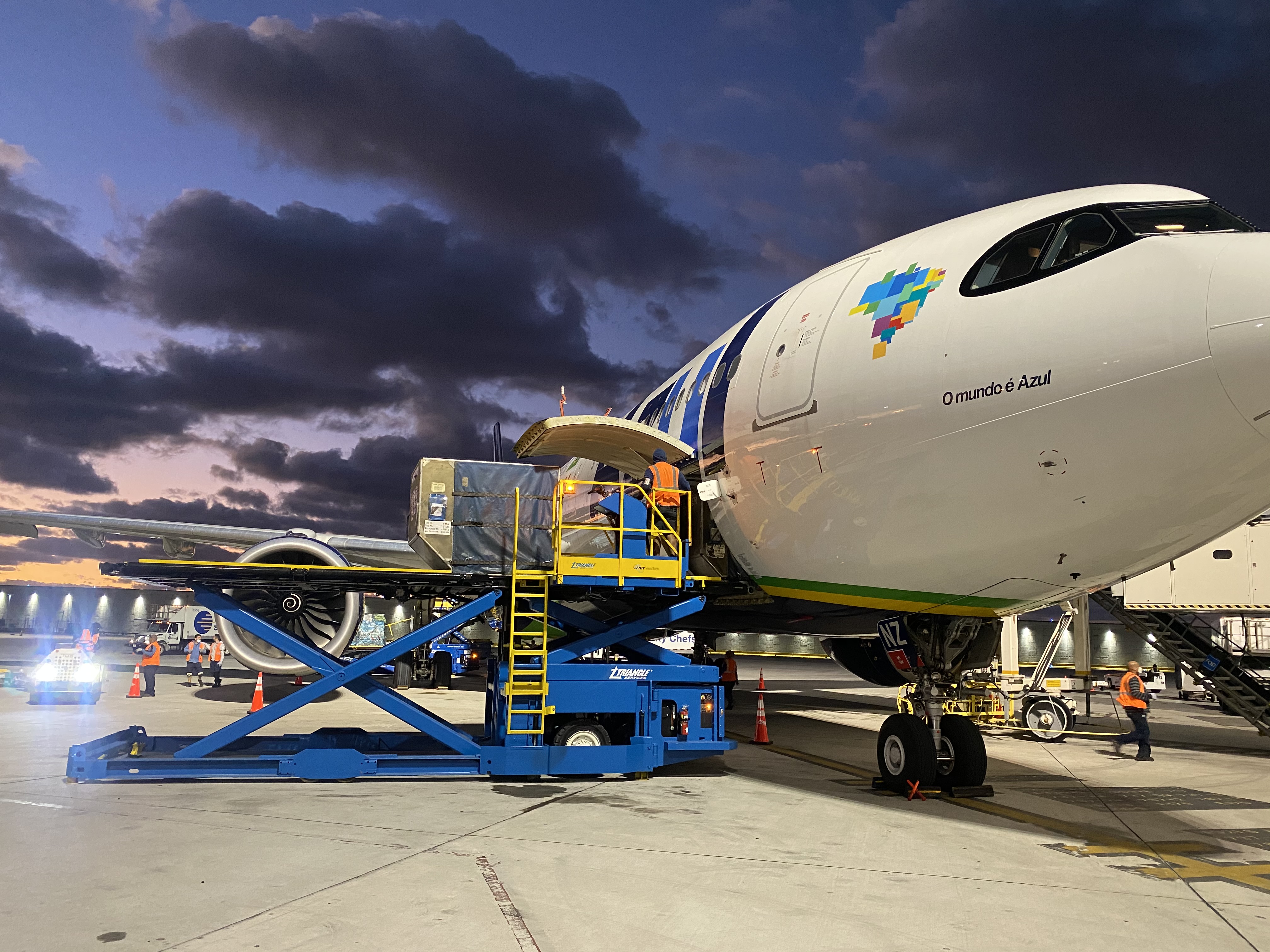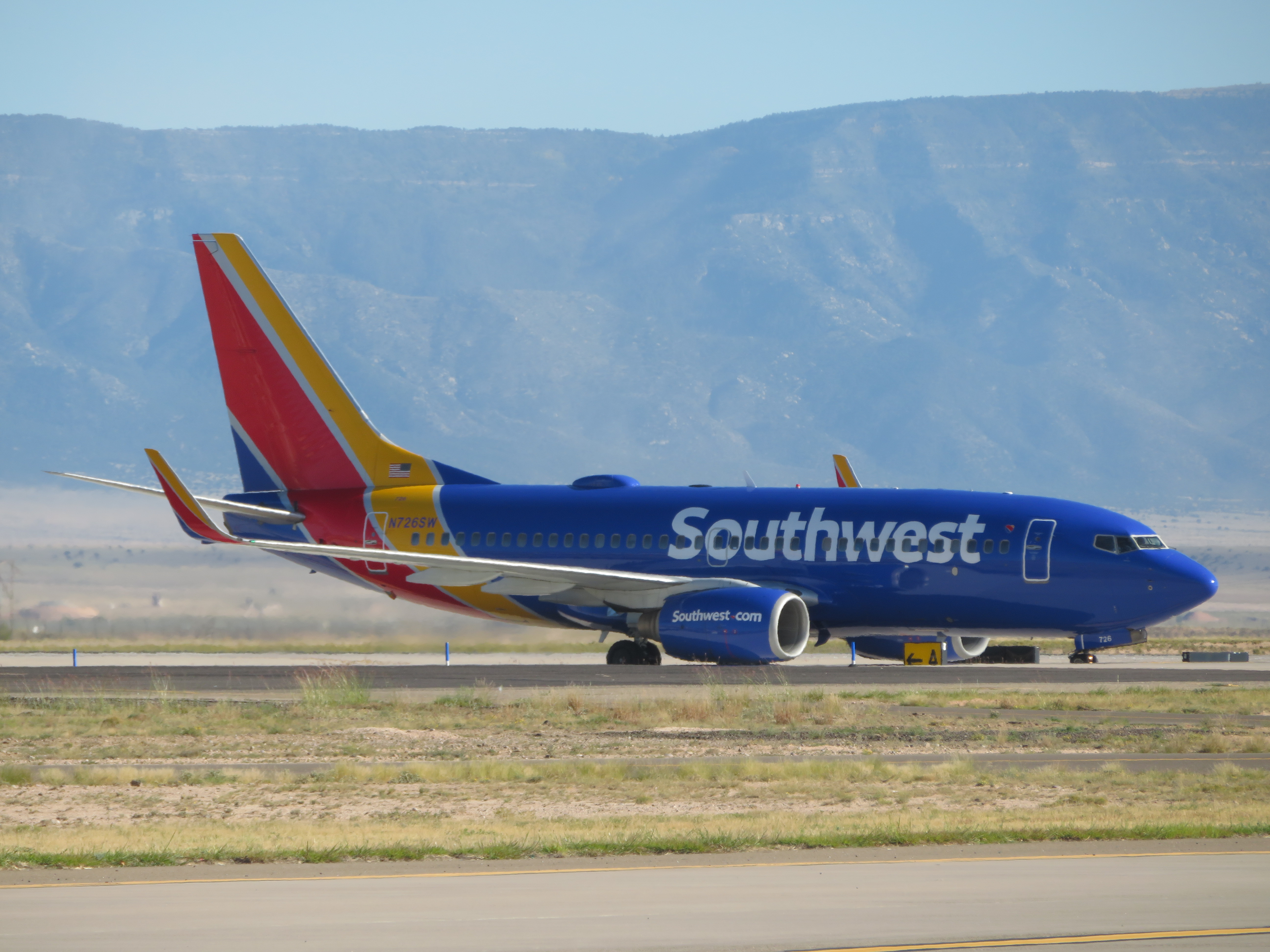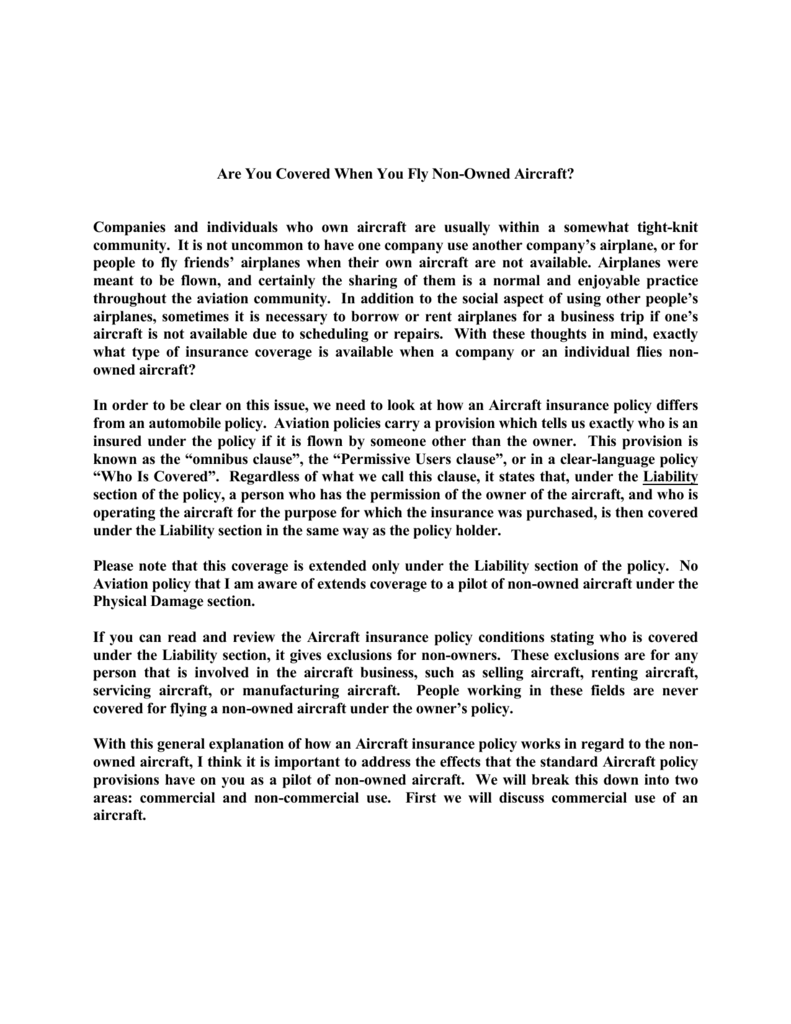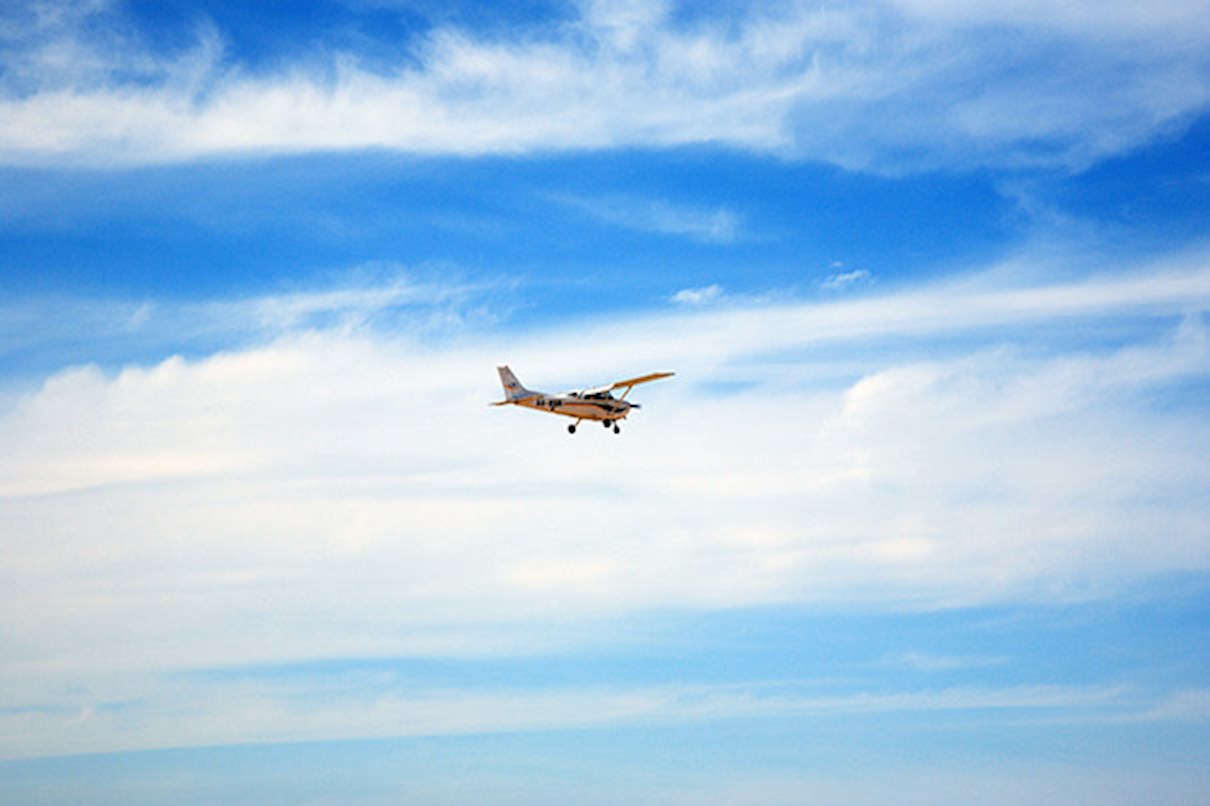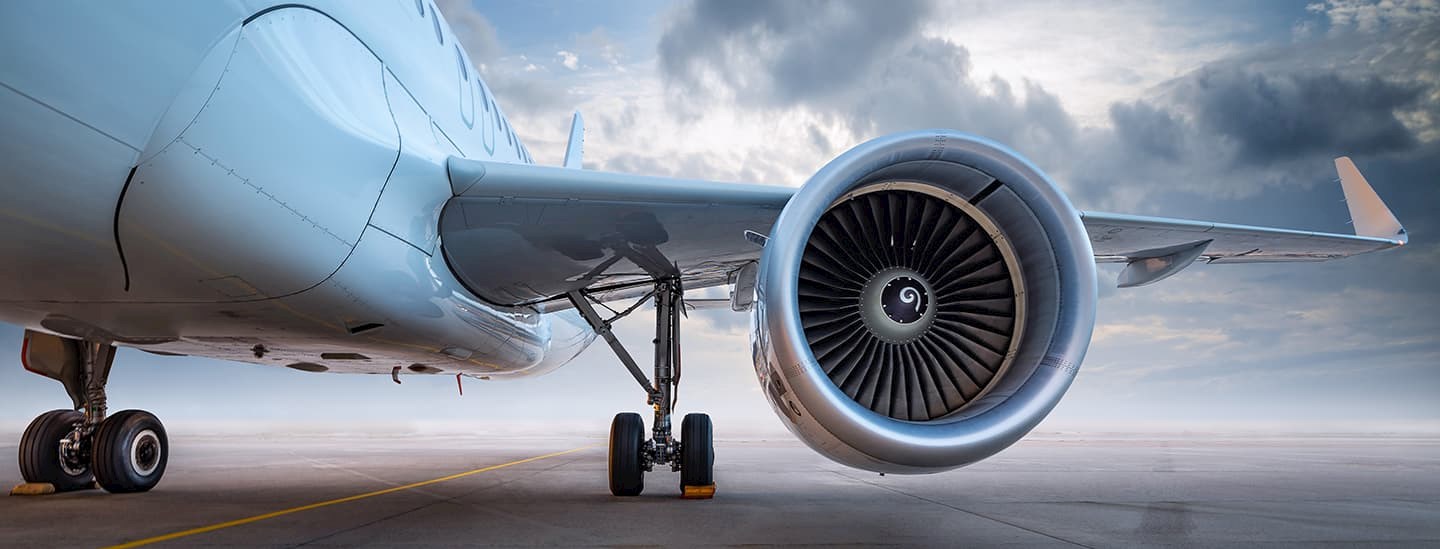Norseman Aircraft - UPDATE: Our Norseman has started the process of preparing for its new fabric covering. Its like assembling a really big puzzle. Our faithful volunteers have been assembling the wood stringers and going thru all the panels to make sure we are not missing anything.
The art of fabric covering is one that takes time and patience and we are grateful for our team that they are taking this on. Stay tuned for more updates. It was also in 1944 that a Norseman crashed into King Alfred's tower, a 50m tall folly in Somerset, England, tragically killing all five air crew.
Norseman Aircraft

The tower, part of the celebrated Stourhead estate and landscape, was not repaired until 1986 which included the use of a Wessex helicopter to lower a 300 kilograms (47 st) stone onto the top. As of 2014[update], the site of the collision is visible, as a patch of newer bricks in the side of the building 25 meters from the ground.[citation needed]
Second World War
The Norseman was not actually eclipsed until the 1947 advent of the all-metal de Havilland Beaver and the 1951 appearance of the similar but larger de Havilland Otter. The Otter possessed a more advanced airframe than the Norseman, but it was of a similar size and used the same engine.
Nevertheless, the Norseman remained in regular use for decades thereafter, and as of 2020 no fewer than 37 were still listed on the civil register in Canada. Although it was unfortunately canceled that year due to the covid-19 pandemic, Canada hosts an annual Norseman Festival at Red Lake, Ontario.
Closer to home, a meticulously restored UC-64 is preserved at the National Museum of the U.S. Air Force in Dayton, Ohio. Until 1940, the Noorduyn company had sold only 17 aircraft in total, primarily to commercial operators in Canada's north and to the Royal Canadian Mounted Police.
With the outbreak of war in Europe, demand for a utility transport led to major military orders. The Royal Canadian Air Force and the United States Army Air Forces became the two largest operators; the RCAF ordered 38 Norseman Mk IVWs for radio and navigational training for the Commonwealth Air Training Plan.
The fuselage was made of welded steel tube, faired with wooden stringers and covered with fabric. The fabric-covered wings were constructed of wood with metal-framed control surfaces. They also featured movable flaps to reduce takeoff and landing speeds, a first on a Canadian-built airplane.
The Norseman's 170-cubic-foot cabin could accommodate up to 10 people. A large fuselage door provided ready access for either cargo or passengers and the comfortable cockpit had an additional door on each side. The empennage was sufficiently large to not require additional tail surfaces when the plane was fitted with floats.
The museums Norseman MK IV entered RCAF service in 1941 assigned to British Commonwealth Air Training Plan (BCATP) No. 2 Training Command (Winnipeg, Mb) in Oct 1943 to Dec 1944 during WWII. Placed into reserve then overhauled Dec 1952 was sold April 1953 to Royal Norwegian Air Force until it was withdrawn from service April 1959, and sold.
Various Norwegian commercial operators owned this aircraft until 1975. Eventually it was sold, disassembled, packed in containers at Norodden, Norway and shipped to Blue Water Aviation in Manitoba. This Norseman has resided in covered storage in its present state for the past 46 years.

Standby for updates as this project takes off. In 1946 Canadian Car and Foundry took over Noorduyn in hopes of continuing production with the Norseman Mark VII, which featured a lengthened fuselage and all-metal wings and tailplane, but only one prototype was built in 1951. Moreover, the ready supply of surplus C
-64s greatly reduced the postwar demand for new-built Norsemen. The last of them was delivered in 1959, the same year Robert Noorduyn died. While most WWII aircraft were scrapped soon after hostilities ended, the Norseman's career was only just beginning.
Hundreds of C-64s and UC-64s came onto the surplus market, and as the Canadian wilderness experienced a postwar development boom, the demand for bush planes soared. Many surplus Norsemen were snapped up by Canadian operators, while others turned up everywhere a rugged utility transport was required.
Appropriately, another notable user of the Norseman was Norway where, as in Canada, the airplane proved ideal for operations in the country's far north. One Norwegian Norseman has been preserved as the only remaining flying example in Europe.
The only other blot on the Norseman's escutcheon involved the death of 31-victory Canadian fighter ace George F. Beurling. After surviving WWII Beurling volunteered to fly for the new Israeli Air Force. On May 20, 1948, he was test-flying a Norseman prior to a delivery flight from Rome to Israel when it was destroyed by a midair fire and explosion.
Again, the cause of the accident remains a mystery, although there have been strong suspicions that it was sabotage. Beurling was buried in Israel with full military honors. Throughout the Second World War, the USAAF Norseman aircraft were used in North America (primarily Alaska) as well as others in theaters of war, including Europe.
Three UC-64As were used by the US Navy under the designation JA-1. Six C-64B floatplanes were used by the US Army Corps of Engineers, as well as by other Allied air forces, who placed orders for 43 Norseman Mk IVs.
The RCAF ordered an additional 34 aircraft as Norseman Mk VI. Noorduyn was the sole manufacturer, but when the USAAF considered ordering a larger number of C-64As, license production of 600 by Aeronca Aircraft Corp. (Middletown, Ohio) was contemplated before the contract was canceled in 1943.
The Noorduyn Norseman, also known as the C-64 Norseman, is a Canadian single-engine, high winged mono bush plane designed to operate from unimproved surfaces. Distinctive stubby landing gear protrusions from the lower fuselage make it easily recognizable.
Designed with a rugged landing gear that was equally at home on floats, skis or wheels proved itself to be a reliable workhorse and well suited for the Canadian climate. Noorduyn's vision of a bush plane revolved around a few basic criteria: it should be an aircraft with which a Canadian operator utilizing existing talents, equipment and facilities could make money, it should be a high-wing monoplane to facilitate loading and unloading of passengers and

cargo at seaplane docks and airports and, finally, it should be an all-around superior aircraft to those in use in Canada. From the outset, Noorduyn designed the transport to have interchangeable wheel, ski or twin-float landing gear.
Unlike most aircraft designs, the Norseman was first fitted with floats, then skis and, finally, fixed landing gear. The Noorduyn Norseman is a Canadian single-engine bush plane designed to operate from unimproved surfaces. The partial streamlining of the landing gear, in the form of two small "wings" extending from the lower fuselage, is a distinctive feature of the design which makes it easily recognizable.
The final design layout looked much like Noorduyn's earlier Fokker designs, it was a high-wing braced monoplane with an all-welded steel tubing fuselage structure and wood stringers applied to it for the attachment of a fabric skin.
The Norseman's wing had an all wood construction and was covered with fabric, except for the flaps and ailerons, which were made of welded steel tubing. It had a divided type landing gear fitted to fuselage stubs, the legs were secured with two bolts each to allow the alternate arrangement of floats or skis.
The tail wheel strut could be fitted with a wheel or tail skid. Delivered to the RCAF as aircraft no. 2482 on May 2, 1941 and assigned to No. 1 Training Command Communications Flight Aylmer, Ontario on June 27, 1941. Sent to Noorduyn Aviation on February 19, 1945 for complete overhaul, the aircraft being time expired.
It later appears on civil registry as CF-JIN. With Austin Airways, Sudbury, Ontario from 1957 to 1969. Registered to Chimo Air Service, Red Lake, Ontario on December 7, 1995. Featured in the movie “Snow Walker” which was filmed in the Churchill, Manitoba area.
This aircraft was removed from service June 2018 for complete restoration to Canadian Airforce colors which are All Over Yellow with RCAF Insignia. While Fokker was visiting the U.S. in 1925, Noorduyn helped draw up plans for a single-engine, high-wing cabin monoplane transport, the Atlantic Aircraft Model 4. By 1926 Noorduyn had sold seven Fokker Universals (as they were known) in Canada to serve as bush planes, where
, he noted, they "exceeded their operators' expectations." In 1929 he went to work for Bellanca, with whom he designed two more high-wing, single-engine cabin monoplanes, the Skyrocket and the Pacemaker. Those aircraft also gained favor among Canadian bush pilots.
Noorduyn changed jobs again in 1932, this time to work on Harold F. Pitcairn's new design for an autogiro. The Norseman's creator, Robert Bernard Cornelius Noorduyn, was born in the Netherlands in 1893 to a Dutch father and British mother.
Noorduyn was multilingual and the handicap of losing a leg as a child did not hinder his considerable peregrinations. He studied aeronautics in Germany in 1912 before moving to Britain in 1913. There he began his career during World War I, first working for Sopwith and then for British Aerial Transport under fellow Dutch aircraft designer Frederick “Frits” Koolhoven.
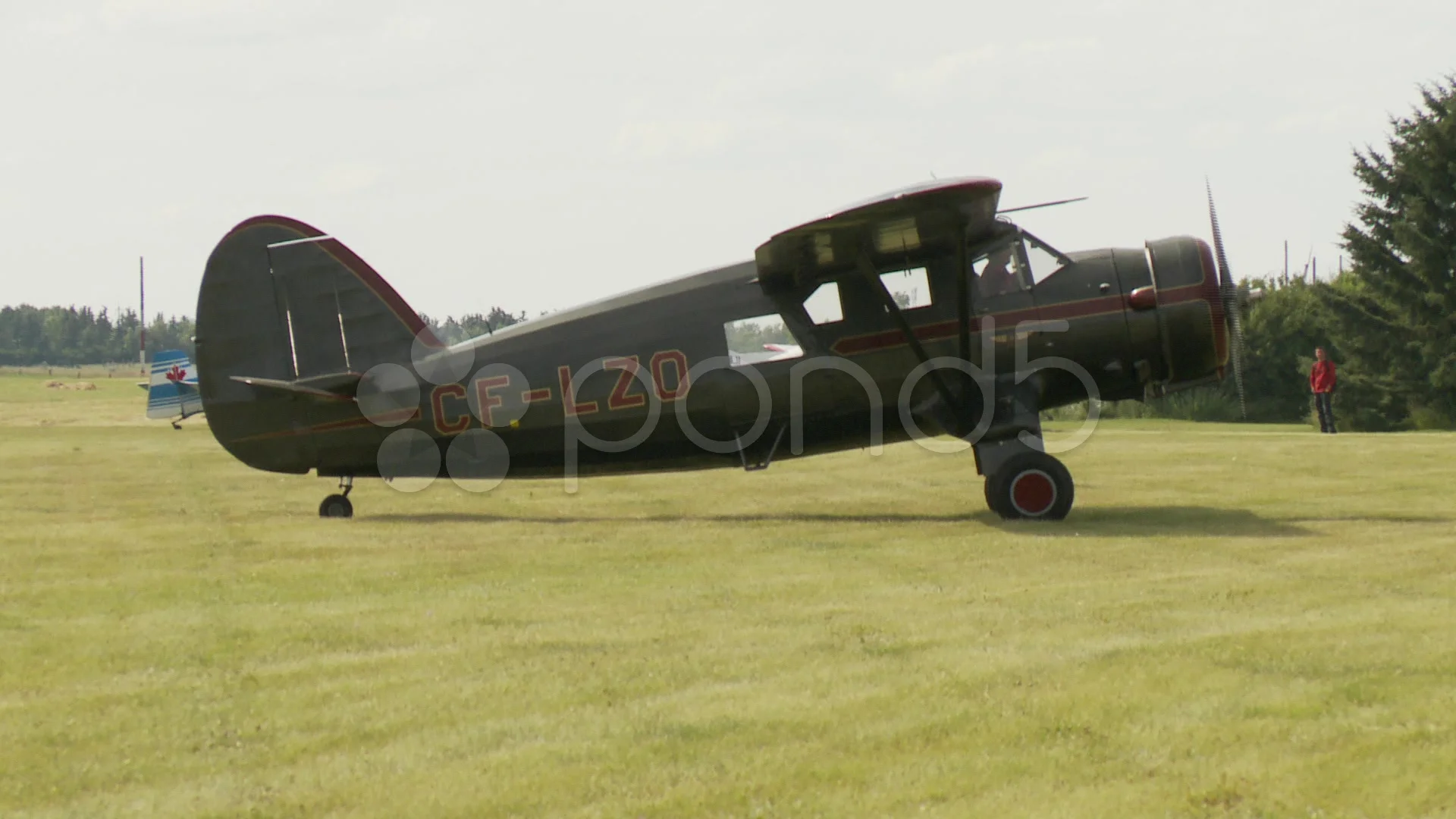
In 1953, Noorduyn headed a group of investors who bought back the jigs and equipment from Canada Car and Foundry and started a new company called Noorduyn Norseman Aircraft Ltd. Bob Noorduyn became ill and died at his home in South Burlington, Vermont on 22 February 1959 but the company he had created, provided support for operating Norseman aircraft and even built three new Mk Vs before selling its assets in 1982 to Norco Associates.
Norco provided support services only, as the manufacture of a new Norseman aircraft, being labor intensive, was very expensive. Beurling's Norseman was one of 17 purchased clandestinely in Canada for the newly established state of Israel.
The others were soon committed to combat. On May 10, 1948, days after arriving in the country, one of the Norseman was shot down, or crashed, while carrying out a bombing mission (a role for which it had never been intended) during the fighting to circumvent the Arab blockade of
Jerusalem. The aircraft's engine was subsequently placed on the Israeli Air Force Memorial erected at Har-Tayyasim, where it had been found. The Norseman Noorduyn R-AF has a long history in service in Norway and played a great role in the rebuilding after the second world war.
Just a few weeks after the liberation of Norway, eight Norseman landed at Fornebu to fill the need for a light transportation aircraft. The aircraft is owned by the museum and is operated by "The Norwegian Spitfire Foundation".
Almost immediately, the Norseman proved himself to be a rugged, reliable workhorse with steady sales. The first aircraft, CF-AYO, was designated the Norseman Mk I. The next aircraft, "CF-BAU," having some minor changes required after the certification tests, and a new Pratt & Whitney R-1340 Wasp SC-1 engine up
-rated from 420 to 450 hp, was designated Norseman Mk II while the next three aircraft were Norseman Mk IIIs: "CF-AZA" going to MacKenzie Air Service, Edmonton, Alberta, "CF-AZE" to Prospector Airways, Clarkson, Ontario and "CF-AZS" to Starrat Airways, Hudson, Ontario.
"CF-BAU" would be modified on June 26, 1937 to become the prototype Norseman Mk IV, powered by a Pratt & Whitney Wasp S3H-1. The Mk IV became the "definitive" model but the production run might have ended at a few hundred examples if not for the advent of the Second World War.
When B.A.T. folded after the war, Noorduyn moved back home to work for another Dutch aircraft designer, the legendary Anthony Fokker. In 1920 Fokker dispatched Noorduyn to the United States to run his new American subsidiary, the Atlantic Aircraft Corporation, in Teterboro, N.J.
"Fokker kept a low profile in the U.S. Because he'd been on the wrong side during the war," Noorduyn later explained. "I'd been working for the Allies and he'd been working for the enemy. I was acceptable and he wasn't.”

Unlike commercial airliners, bush planes did not have to be particularly large or luxurious. In fact, single-engine aircraft were preferred because most multiengine types were too big, complex and expensive. A high cruising speed was not a priority;
as one bush pilot put it, "You only have to be faster than a dog sled." However, bush planes did require plenty of power in order to fly in and out of the small fields at the remote locations they served.
The Norseman's greatest single customer, however, was the United States. When the Army Air Corps was called upon to expedite deliveries of aircraft and war materiel to Britain via Greenland, General Henry H. "Hap" Arnold turned for advice to veteran Norwegian arctic pilot Bernt Balchen.
The recently commissioned Colonel Balchen overcame Arnold's strong "buy American" bias by explaining that the U.S. produced nothing comparable to the Norseman for supporting operations in rugged, remote regions such as Greenland and Alaska. As a result, the Norseman became one of the few foreign-built aircraft operated by the U.S.
during the war. In fact, of the 904 Norsemen eventually produced, 749 were originally built for the Army Air Forces as C-64s and UC-64s (although the Norseman was technically too large to rate the latter "utility" designation).
We have recently acquired this donated Norseman in its very skeleton and disassembled state. We have wings, wheels, seats, fabric, cable, in fact we have all the major components, parts and pieces to begin the restoration and rebuilding of this once mighty workhorse.
"Take off to the Great White North" ran the memorable slogan of Bob and Doug, Canada's comedic "McKenzie Brothers." If ever an airplane was created to do just that, it was the Noorduyn Norseman. Designed and built in Canada for Canada, the Norseman was a simple and dependable airplane specifically intended to go places others couldn't go and under conditions that would leave others grounded.
The Norseman began doing that in 1935 and, to this day, a few are still doing it. The Norseman performed most of his work, as Thomas Hardy would have put it, "far from the madding crowd."
One of the few conspicuous events in his career was his unfortunate role as the aircraft in which big-band leader Glenn Miller disappeared while flying from Britain to France on December 15, 1944. What actually happened remains a mystery, but when his C-64A
took off the weather was so bad that practically everything else was grounded. In 1987 a British fisherman raised the wreckage of an airplane similar to Miller's from the bottom of the English Channel when it got caught in his nets, but he returned it to the sea.

The International Group for Historic Aircraft Recovery (TIGHAR), famous for its longstanding search for Amelia Earhart's airplane, has expressed interest in finding and recovering the wreck. The aircraft was developed in response to Canada needing a light workhorse capable of servicing the Canadian wilderness, and it was designed by Bob Noorduyn, a Dutchman, in collaboration with the legendary Anthony Fokker.
A total of 903 Norseman aircraft were built between 19335 and 1959, of which around 20 are still in service today, most of them in the United States and Canada. The first Norseman, powered by a Wright R-975-E3 Whirlwind, was flight tested on floats on November 14, 1935 and was sold and delivered to Dominion Skyways Ltd.
on January 18, 1936, registered as "CF-AYO" and named "Arcturus." In summer 1941, Warner Brothers leased CF-AYO for the filming of "Captains of the Clouds" starring James Cagney. Principal aerial photography took place near North Bay, Ontario with CF-AYO carrying temporary registration "CF-HGO." CF-AYO was lost in a crash in Algonquin Park in 1952. Its wreckage is currently on display at the Canadian Bushplane Heritage Centre.
In 1934 Noorduyn moved to Montreal to establish his own aircraft manufacturing company. Having already created several airplanes popular with bush fliers, he chose to cater to that demanding fraternity rather than trying to compete against the larger aircraft manufacturers for airline contracts.
To that end Noorduyn made a point of inviting bush pilots to discuss their special requirements, as well as to examine his aircraft designs and mock-ups and suggest any improvements that should be made. Merchant Marine veteran and frequent contributor Robert Guttman writes from Tappan, N.Y.
He suggests for additional reading: Aviation in Canada: The Noorduyn Norseman, Volume 1, by Larry Milberry and Hugh A. Halliday; and Great Northern Bushplanes, by Robert S. Grant. In recognition of the Norseman's role in serving the remote villages of northern Canada, the town of Red Lake, Ontario, a jumping-off point for remote communities in Northwestern Ontario, promotes itself as The Norseman Capital of the World.
Each summer in July, the "Norseman Floatplane Festival" brings Norseman aircraft to Red Lake as the centerpiece of a community based weekend festival ranging from stage entertainment, children's games and rides, contests, cultural and historical displays and street vendors with craft and specialty booths.
. In postwar production, the Canada Car and Foundry in Fort William, Ontario acquired rights to the Norseman design, producing a version known as the Norseman Mk V, a civilian version of the wartime Mk IV.
In order to exploit the market further, the "Can Car" factory designed and built the Norseman Mk VII. This version had a bigger engine, a new all-metal wing and greater cargo capacity but was fated never to go into production.
With large Korean War commitments at that time, the company put it into temporary storage where it was destroyed in a hangar fire in September 1951. Originally introduced in 1935, the Norseman remained in production for almost 25 years with over 900 produced.
A number of examples remain in commercial and private use to this day. Norseman aircraft are known to have been registered and/or operated in 68 countries throughout the world and also have been based and flown in the Arctic and Antarctic regions.
With the experience of working on many ground-breaking designs at Fokker, Bellanca and Pitcairn-Cierva, Noorduyn decided to create his own design in 1934, the Noorduyn Norseman. Along with his colleague, Walter Clayton, Noorduyn created his original company, Noorduyn Aircraft Limited in early 1933 at Montreal while a successor company bearing the name, Noorduyn Aviation, was established in 1935.
norseman aircraft for sale, noorduyn norseman for sale, c 64 norseman aircraft, noorduyn norseman aircraft, norseman aircraft specs, norseman aircraft photo, norseman airplane, noorduyn uc 64a norseman
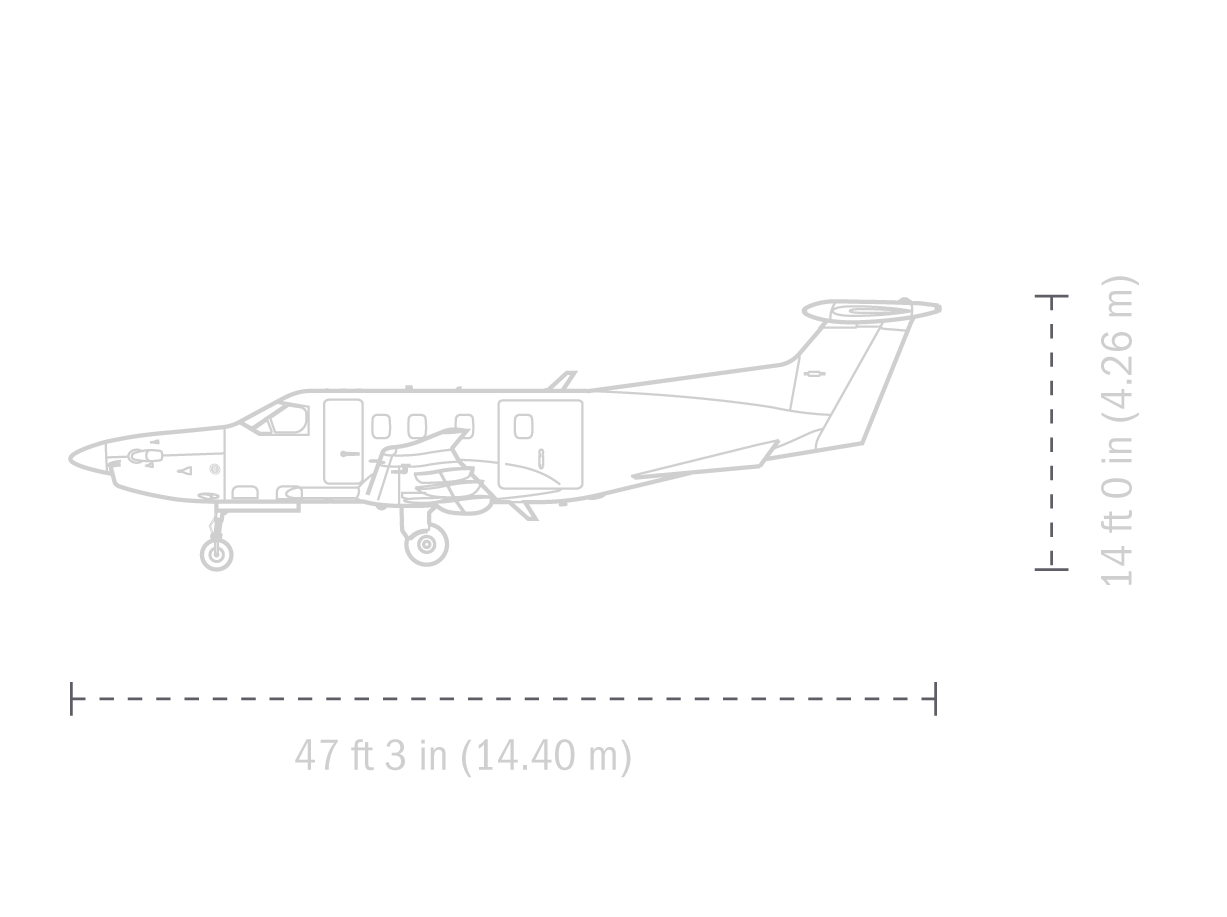
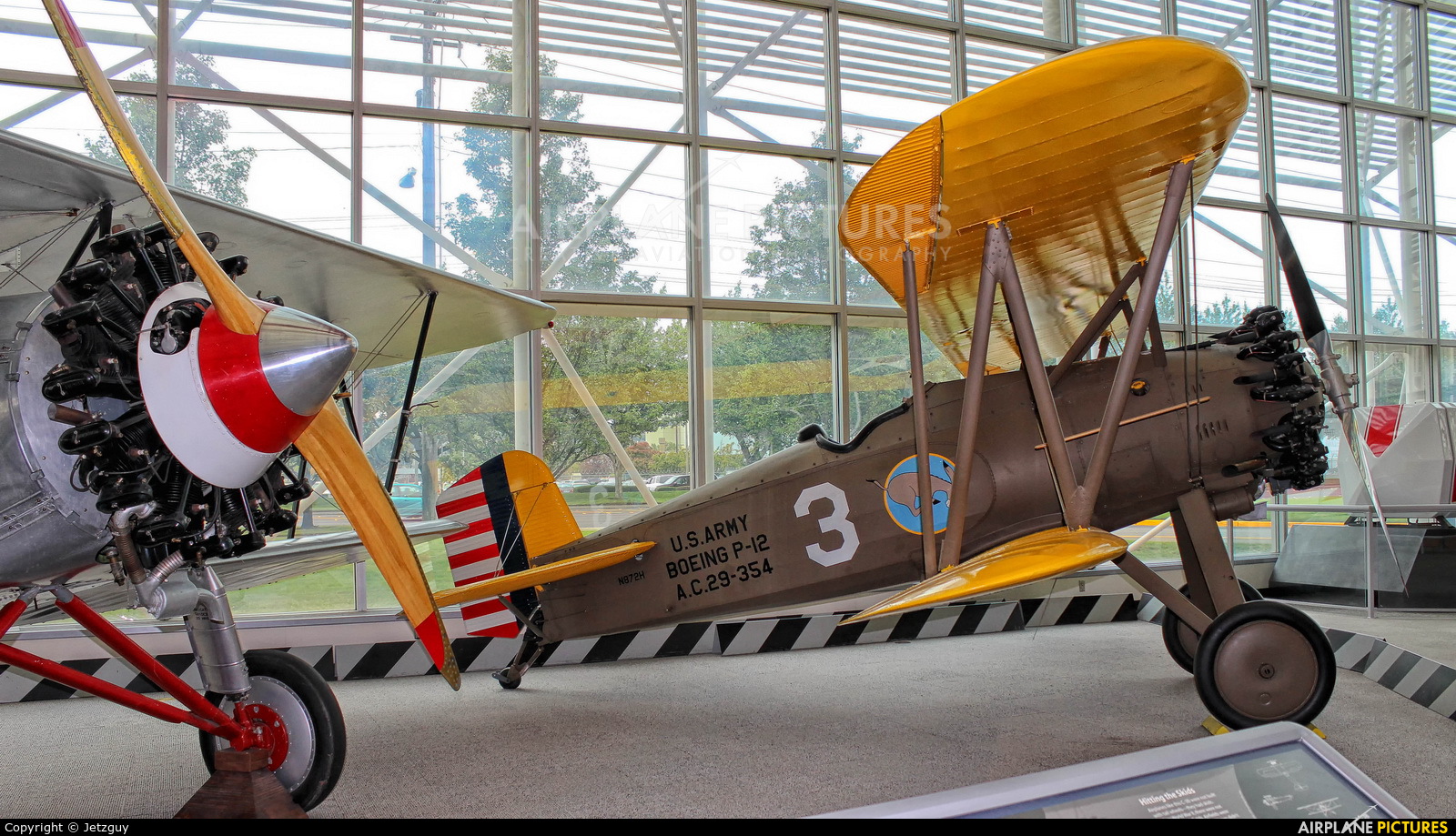


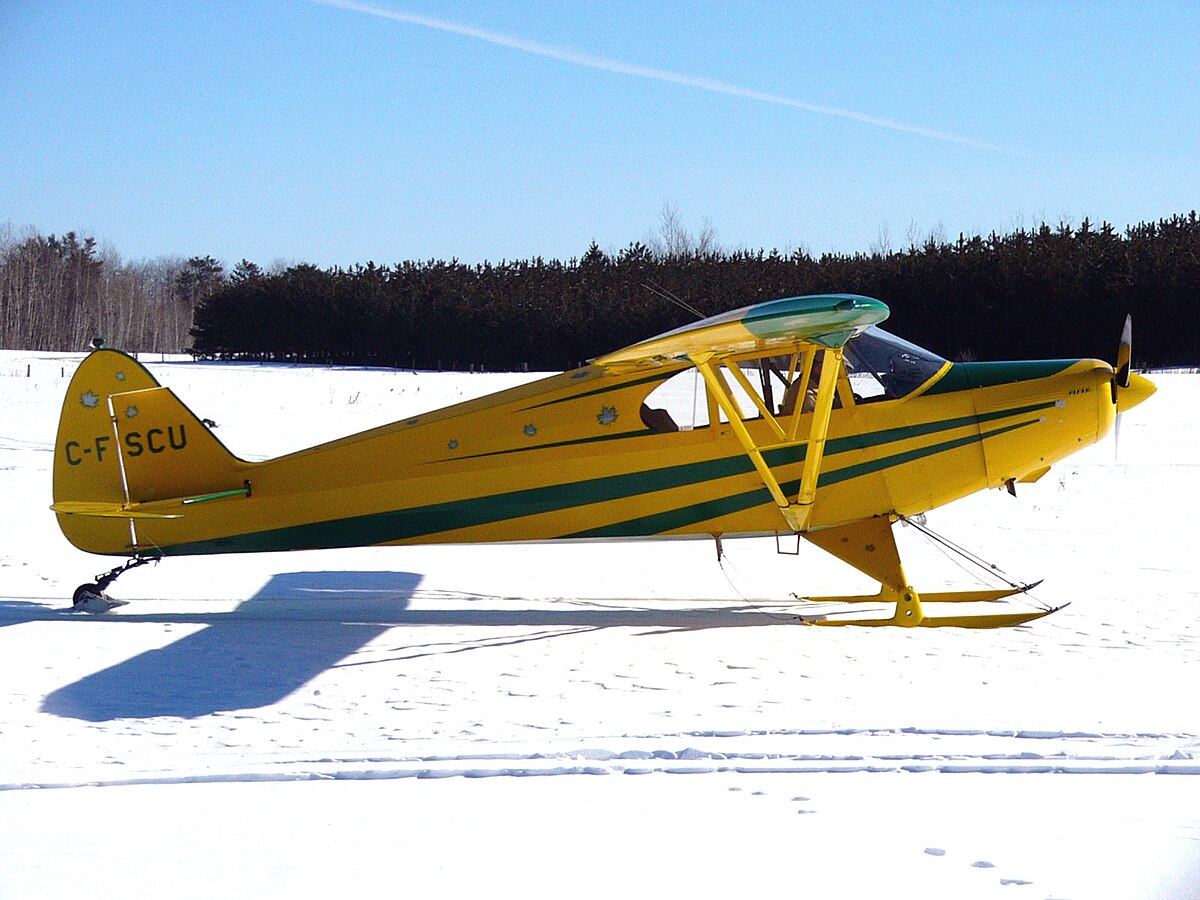
)





